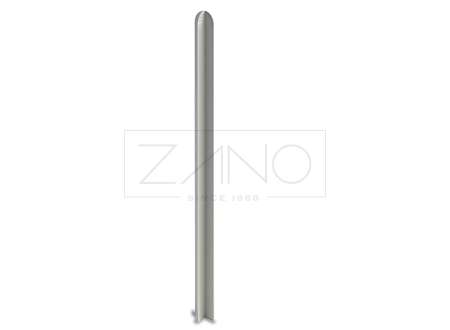

Valid bollard
01.088
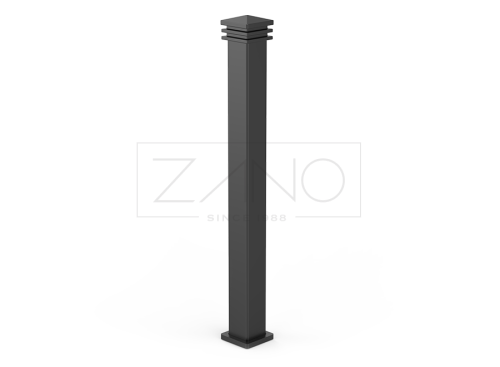
Ting Bollard
01.084
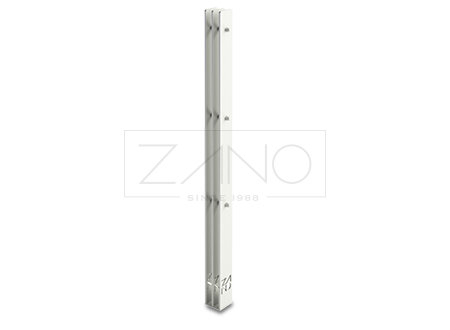
Bollard Tristad
01.085
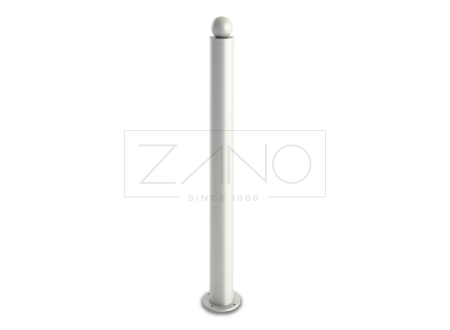
Pila Bollard
01.075
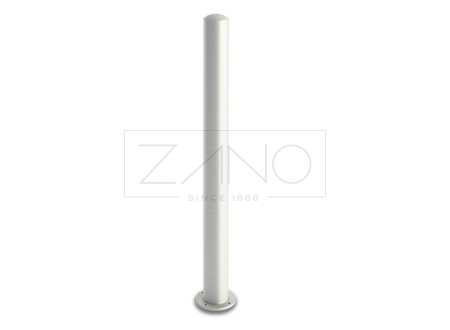
Pi Bollard
01.071
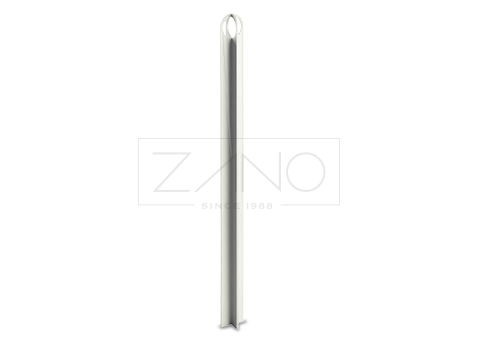
Cross Bollard
01.081
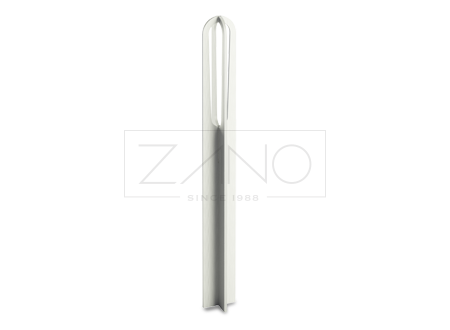
Olimpia Bollard
01.082
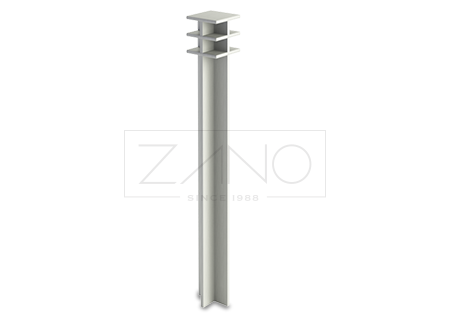
Lotus Bollard
01.083
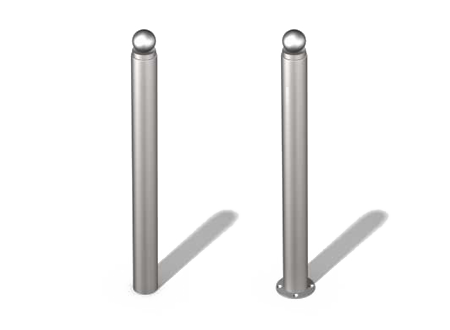
Sfera Bollard
01.074
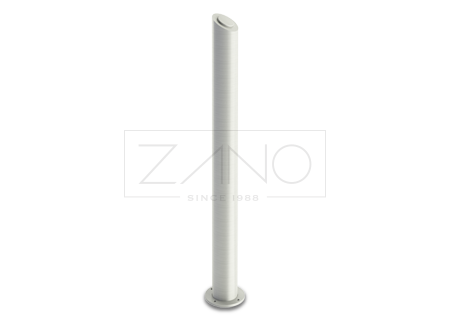
Orbit Bollard
01.073
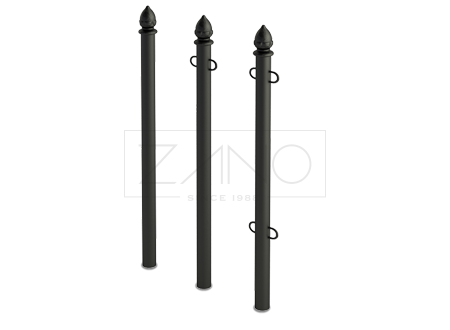
Pika Bollard
01.051
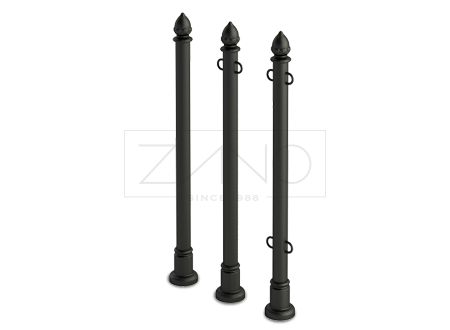
Tempo Bollard
01.052
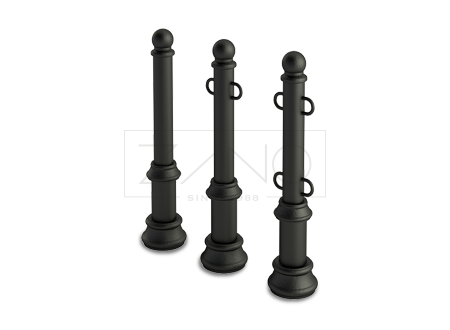
Largo Bollard
01.057

Bollard Denso
01.056
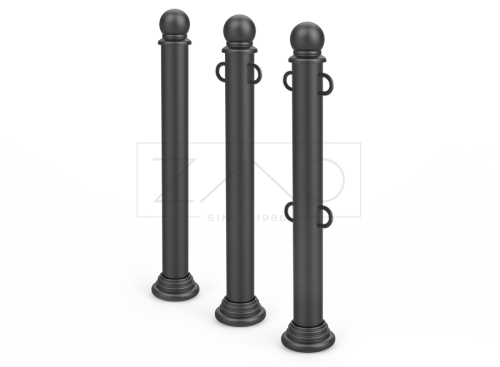
Bene Bollard
01.059
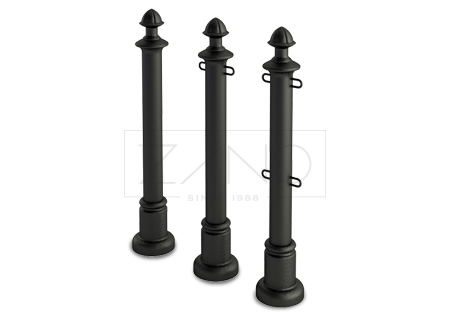
Giorno Bollard
01.055
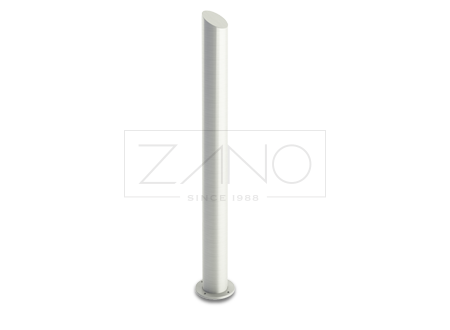
Clivo Bollard
01.072
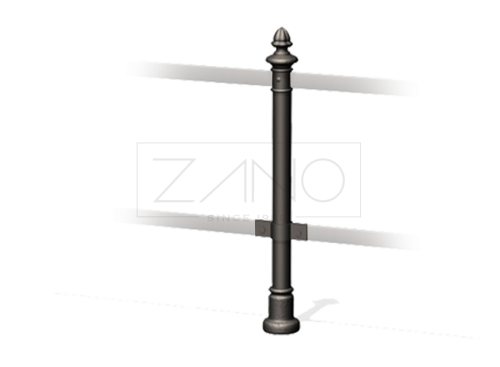
Dual Bollard
01.054
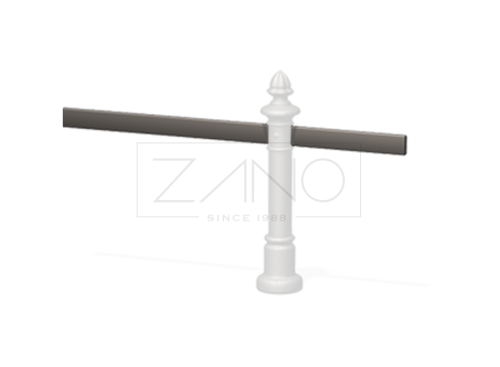
Flat bar Solo Dual
01.069

Castello Bollard
01.060
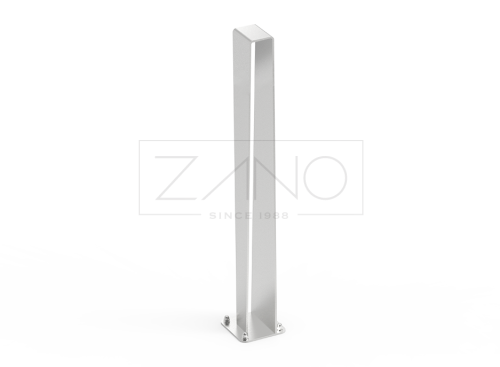
Reliq Bollard
01.089
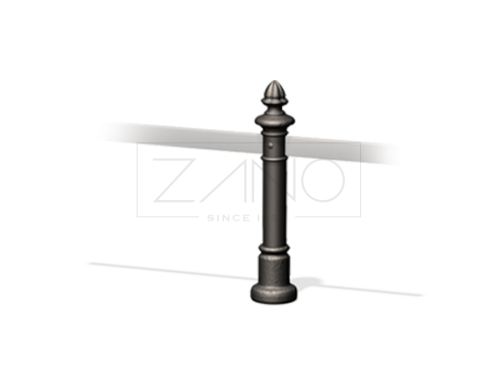
Solo Bollard
01.053
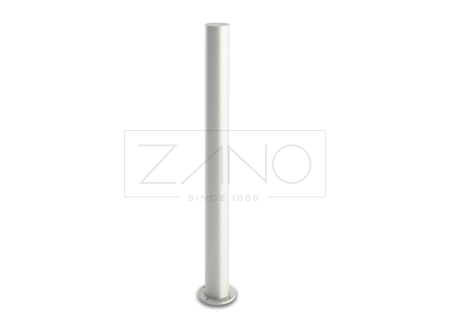
Fisso Bollard
01.070
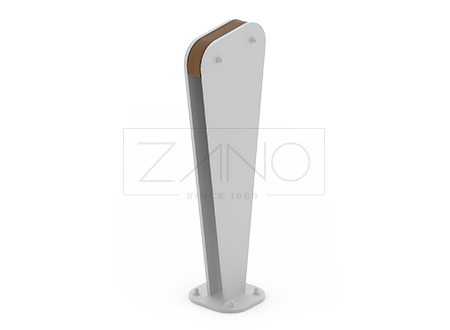
Bollard Soft
01.012.1
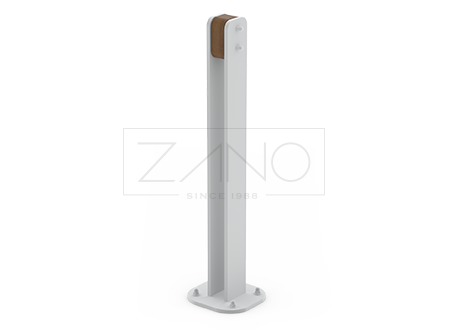
Bollard Soft
01.012
Bollards are a vital component in the realm of street and urban furniture, serving both functional and aesthetic roles in public, commercial, and private spaces. These sturdy posts are primarily used for directing traffic, protecting pedestrians, buildings, and other vulnerable areas from vehicles, while also enhancing the architectural and design aspects of landscapes.
Manufactured from robust materials like steel, concrete, or recycled plastics, bollards are built to withstand various environmental conditions and impacts. They are available in a diverse range of styles from sleek, contemporary designs that complement modern urban landscapes to more traditional or ornate versions which cater to historical or classic environments. This versatility makes bollards an essential element in urban planning, providing safety without sacrificing style.
The strategic placement of bollards can also be instrumental in traffic calming, creating safer pathways for pedestrians and cyclists by reducing the speed of vehicular traffic in dense urban areas. In many settings, they are used to outline pedestrian areas, protect bike lanes, secure sensitive areas around government buildings, and restrict vehicle access to specified zones without the use of more intrusive barriers like fences or walls.
Moreover, bollards have adapted to meet modern technological needs, incorporating lighting features to enhance visibility and safety during nighttime. Some advanced models include removable or retractable options, providing flexibility to access control in multi-use spaces without permanent obstructions. This integration of functionality with flexibility makes bollards a preferred choice for urban developers, landscape architects, and city planners aiming to create safe, accessible, and aesthetically pleasing urban environments.